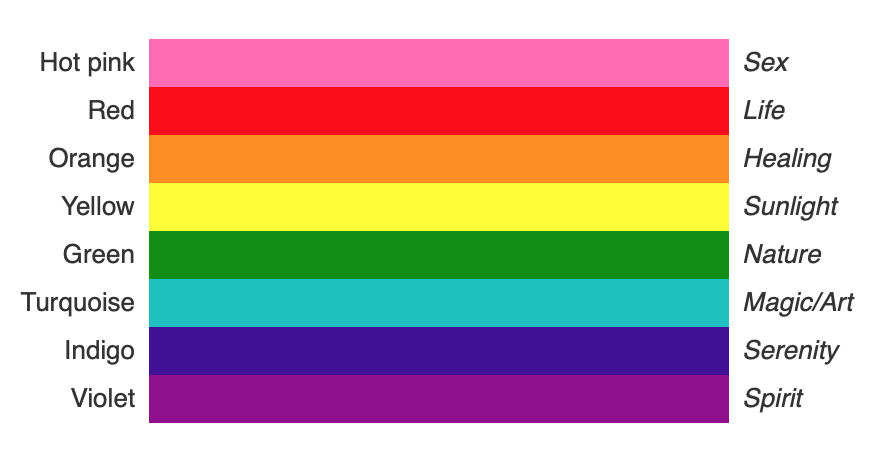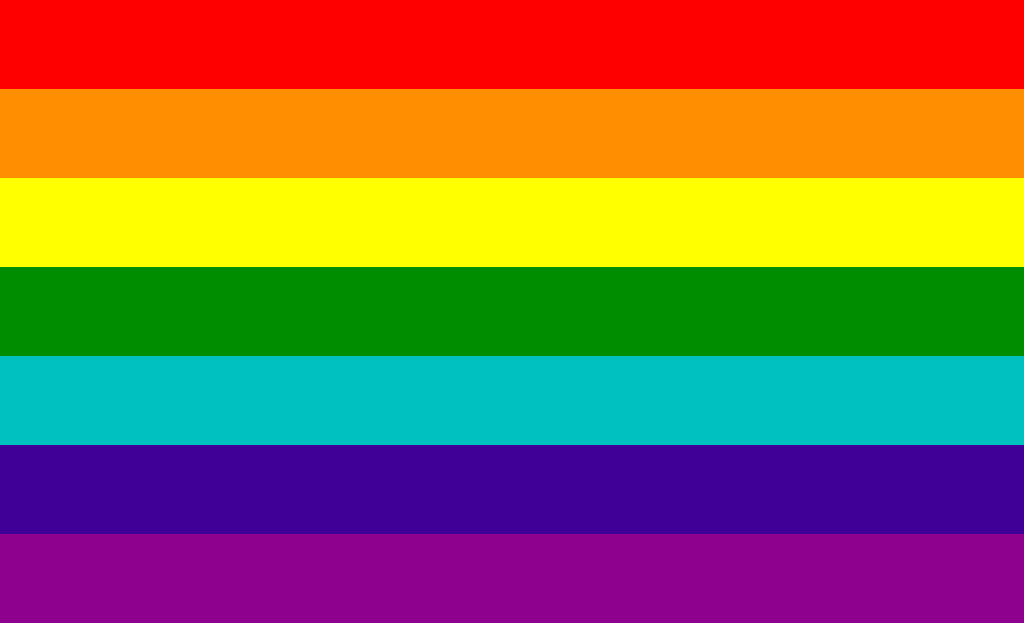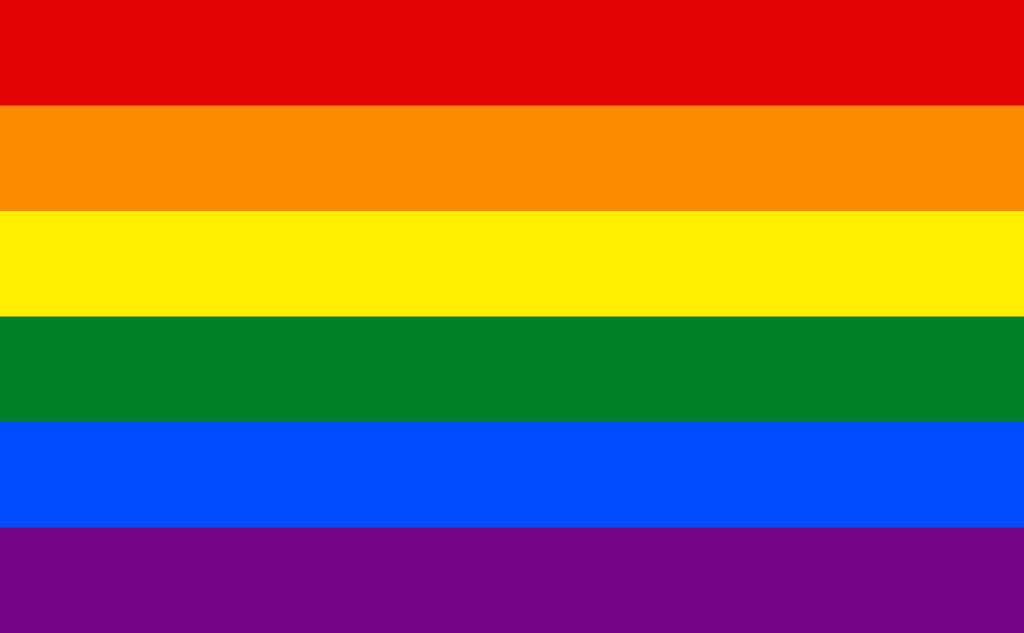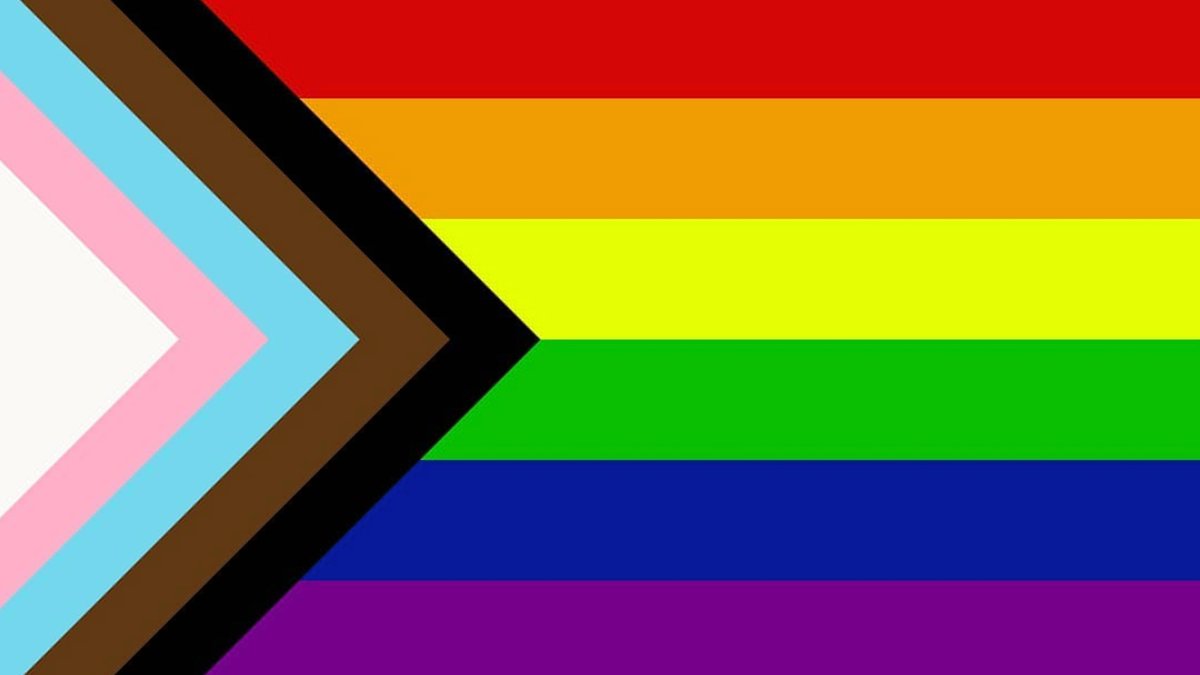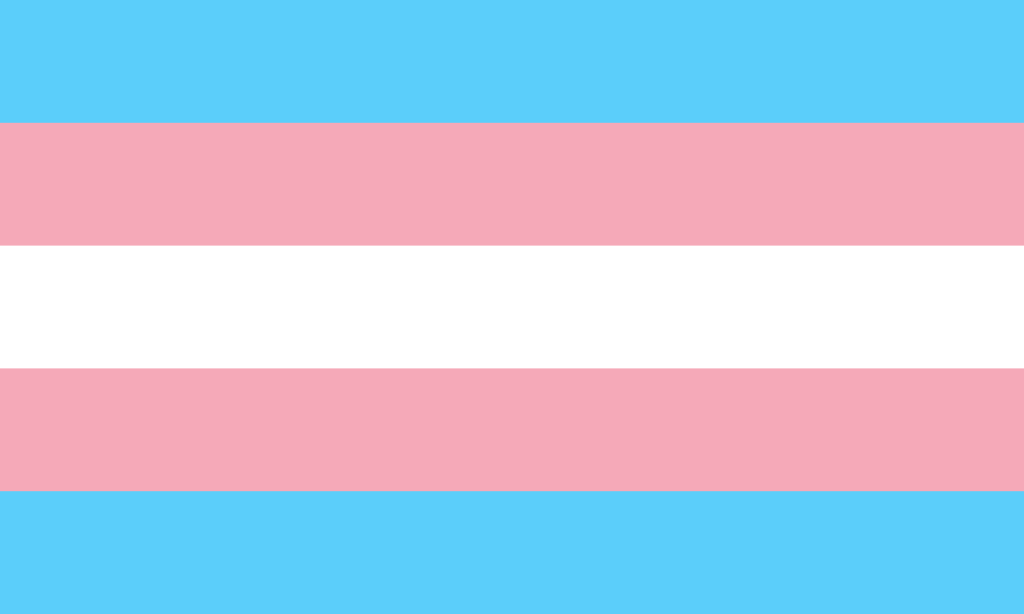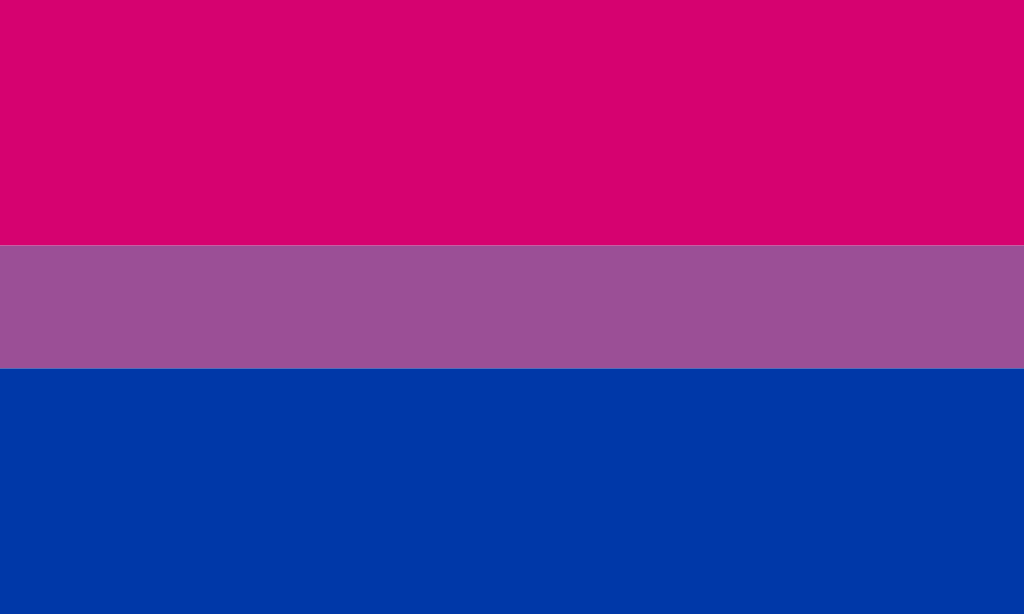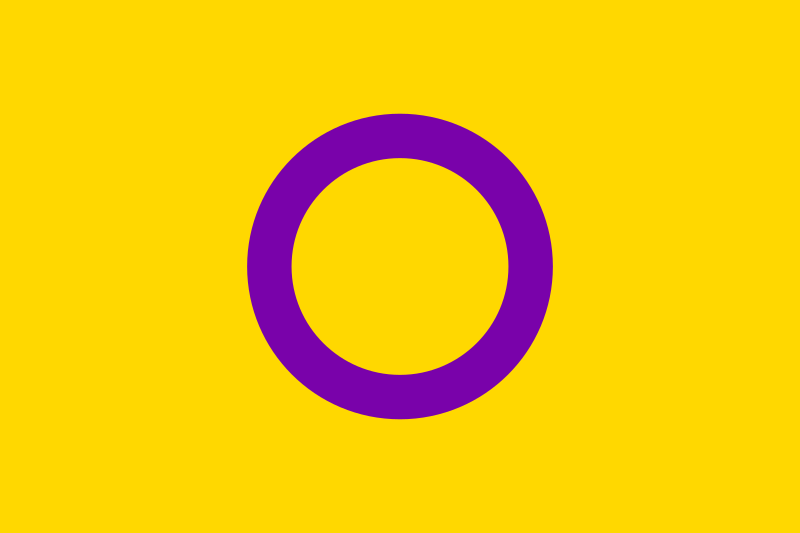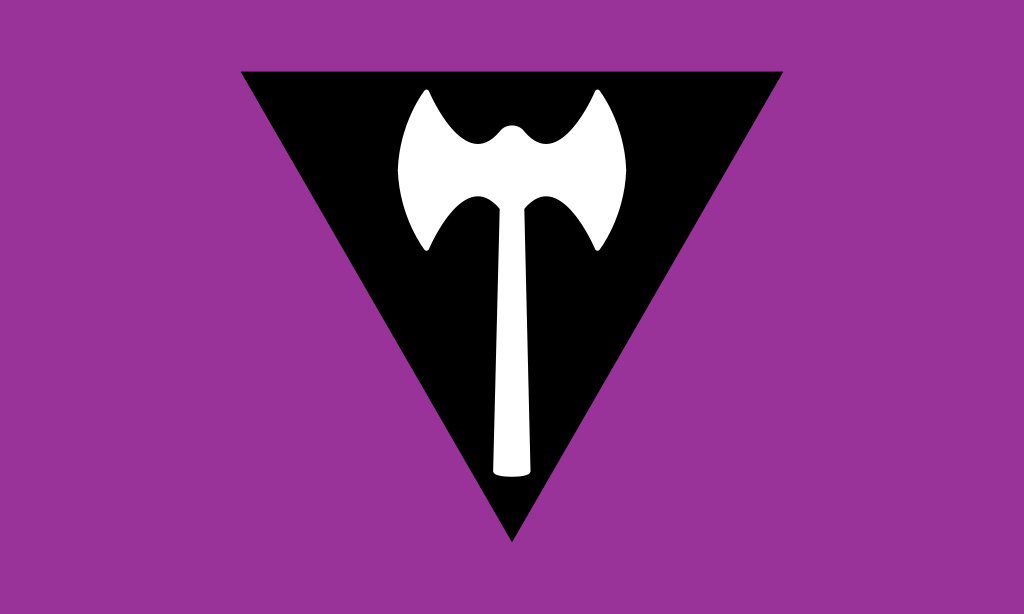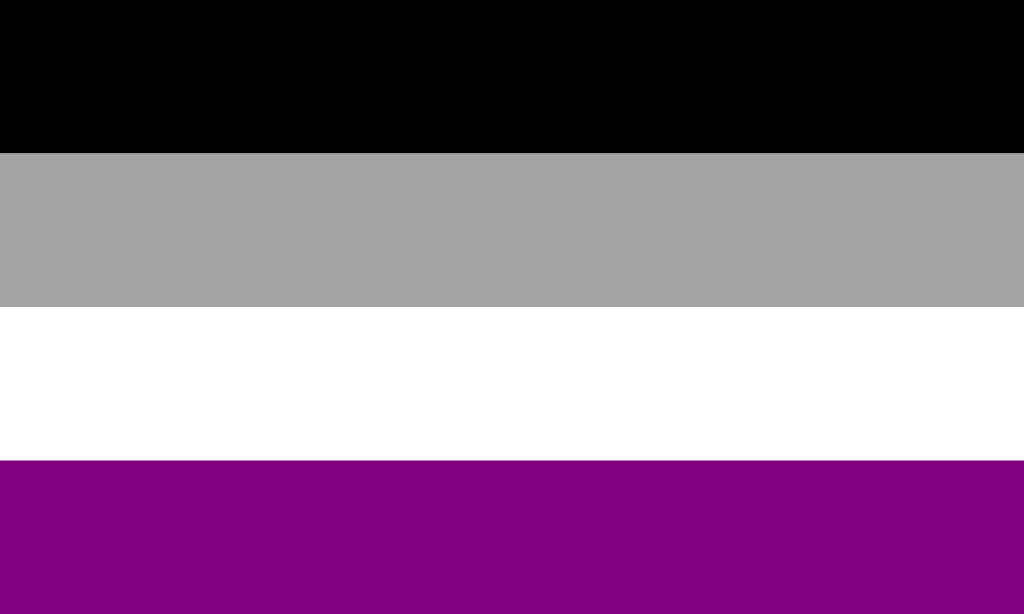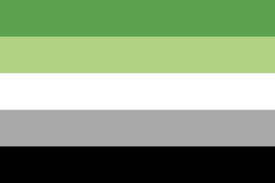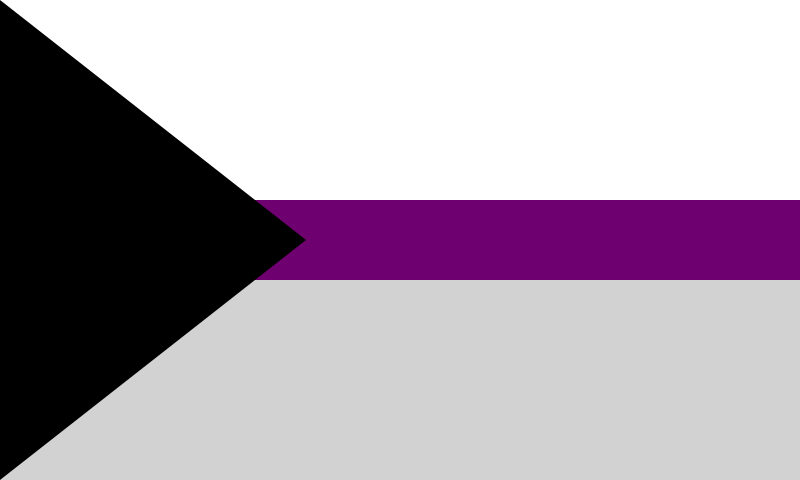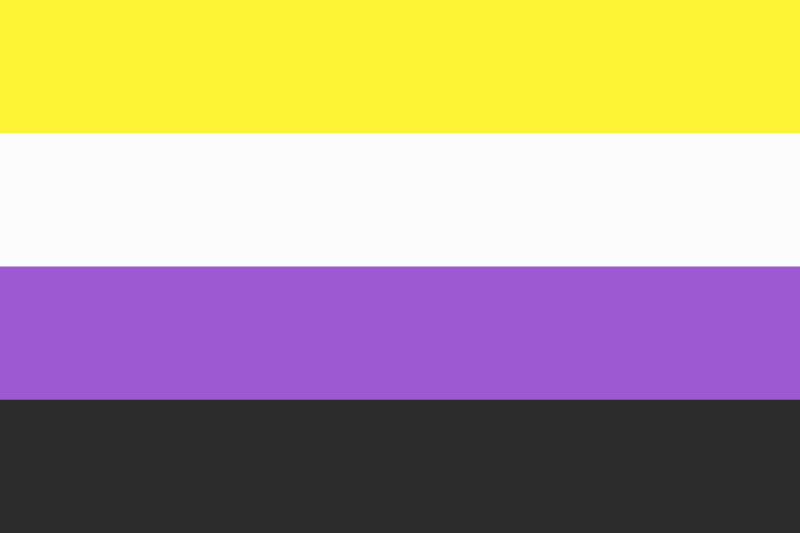Since it's #LGBTHistoryMonth  , let's have a whistlestop history of pride flags! We'll start at the beginning - the original rainbow flag designed by Gilbert Baker in 1978. Each of the eight stripes on this flag held symbolism.
, let's have a whistlestop history of pride flags! We'll start at the beginning - the original rainbow flag designed by Gilbert Baker in 1978. Each of the eight stripes on this flag held symbolism.
 , let's have a whistlestop history of pride flags! We'll start at the beginning - the original rainbow flag designed by Gilbert Baker in 1978. Each of the eight stripes on this flag held symbolism.
, let's have a whistlestop history of pride flags! We'll start at the beginning - the original rainbow flag designed by Gilbert Baker in 1978. Each of the eight stripes on this flag held symbolism.
The original rainbow flag first flew at San Francisco Gay Freedom Day Parade celebration on June 25, 1978 after Baker was challenged by California's first openly gay elected representative, Harvey Milk, to create a symbol of pride.
Milk was assassinated in 1978, and following his murder, demand for rainbow flags increased. Due to a shortage in pink fabric, the rainbow flag evolved to a seven stripe rainbow.
In 1979, the rainbow flag evolved again, and once again for practical reasons: The San Francisco parade wanted to split the flag in two to decorate each side of the parade route - so it evolved into the six stripe version we see today.
To this day, the rainbow flag continues to evolve. In 2017, the city of Philadelphia adopted a version of the six stripe rainbow to include black and brown stripes, to draw attention specifically to people of colour within the LGBT+ community.
And 2018 saw progress pride flag. The chevron on the left incorporates black, brown and the trans pride flag colours to bring marginalised groups to the forefront, with the arrow pointing right to denote forward movement while showing progress that needs to be made.
The trans pride flag was designed in 1999 by trans woman Monica Helms. On this flag, the blue respresents the traditional colour for boys; the pink for girls; and the white for nonbinary people. The pattern repeats so that whichever way you fly it, it's always correct.
The bi pride flag was designed by Michael Page in 1998 to increase bi visibility. Here, the magenta stripe symbolises same sex attraction; the blue opposite sex attraction; with the lavender stripe representing the blending of both.
In 2013, the intersex pride flag was created by Morgan Carpenter. The unbroken circle represents wholeness and completeness.
This is the labrys lesbian pride flag, created in 1999: the labrys axe was associated with goddesses of the Minoans, the colour violet is associated with the flower in Sappho's poetry, and the black triangle a reclaimed symbol forced on people including lesbians by the Nazis.
Here's some flags from the ace community: the asexual pride flag, the aromantic pride flag, and the demiromantic pride flag. Shades of grey and black on these flags represent the sexuality spectrum. These flags were created in the 2010s.
And here's the nonbinary flag, created in 2014 by Kye Rowan. Here, yellow symbolises those outside the gender binary; white for those with multiple gender identities; purple for those with a mix of masculine and feminine genders; and black for those without a gender identity.
That's a look at just some of the flags and symbols in LGBT+ community. A diverse and beautiful community, there are so many flags and symbols. We've tried to stock as many different flag stickers as possible in our shop - let us know if we missed any! https://vaginamuseumshop.co.uk/collections/lgbtq-collection

 Read on Twitter
Read on Twitter